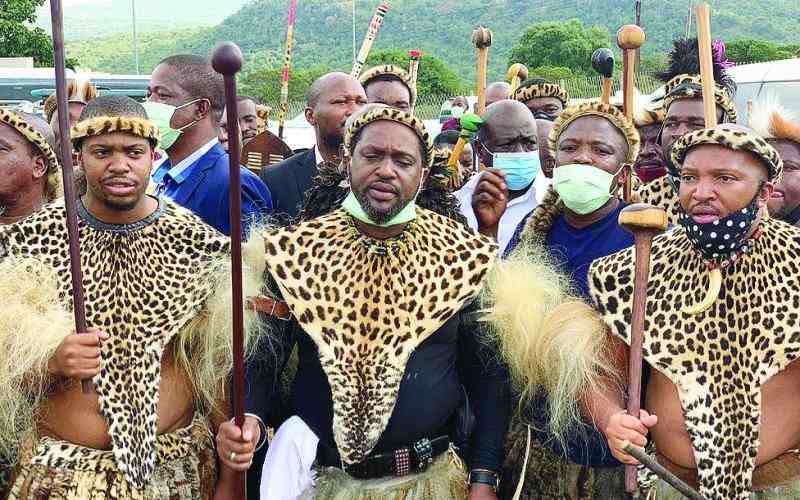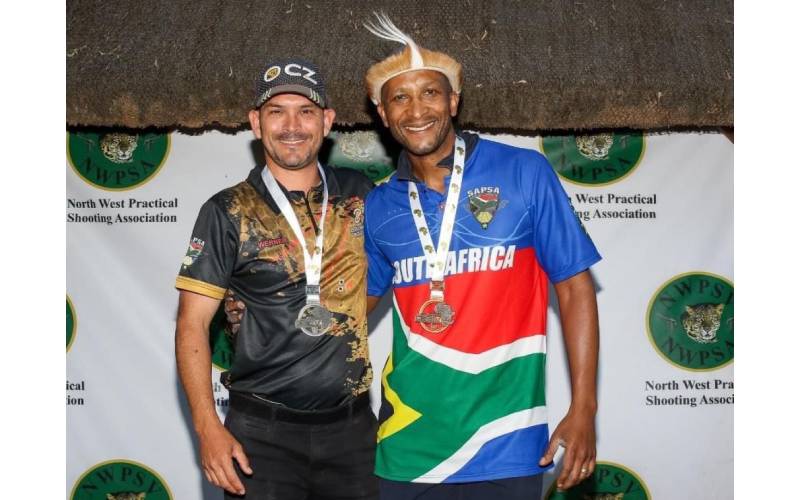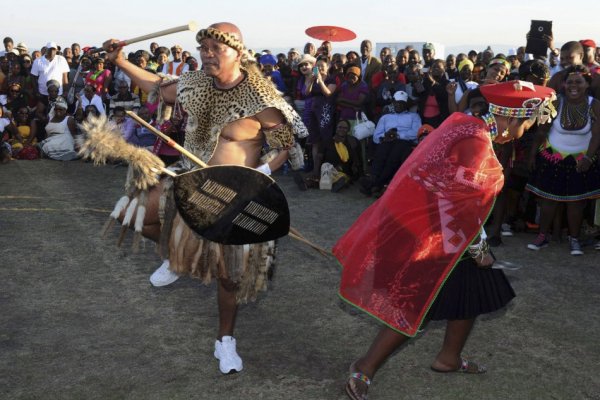
While in Kenya the Nilotic communities, mainly the Maasai, Samburu, Pokot, Turkana, and the Cushitic communities of Somali, Rendille, Borana and Oromo are widely identified by their cultural attires and ceremonies, most of the other communities do not have identifiable cultural attires.
A few groups like the Kikuyu, Meru and the Kaya Council of Elders are occasionally spotted donning traditional attires, but most are tied to ceremonies like initiating one into elder-hood, cleansing ceremonies and ruracio among others.
The situation is not very different from that in Mzansi – modern-day South Africa – where the Zulu community’s cultural identity can be likened to that of the Maasai in Kenya.
The Zulu people are the largest ethnic group in South Africa with an estimated 12 million people, living mainly in the province of KwaZulu-Natal.
While on official duties in South Africa, I was mesmerised to spot a few locals, mostly men, donning a fur headband around their heads. Some came complete with a tail, others without.
I found my eyes fixated whenever a person wearing the accessory crossed my eyes. When I had the opportunity to mingle with one who was donning the accessory, at the Africa Level Four Handgun Championships in Stilfontein, I curiously asked what it is called.
“We call it umqhele,” said Zama Wanda, who hails from the Zulu ethnic group and is the Vice President of the South Africa Practical Shooting Association (SAPSA).
Umqhele is a Zulu word translated to mean crown, and it has its own meaning and significance in the Zulu ethnic community.
So what does umqhele mean in Zulu?
An umqhele is a traditional Zulu warrior circular headband made of fur. They were worn by Zulu men, especially by soldiers prior to colonisation of South Africa.
“Umqhele in Zulu is worn by Zulu men from South Africa to cultural events. It is also used to symbolise national identity. The whole point behind donning the umqhele is to send a message about being proud of who you are in your skin, religion, culture, orientation, associations etc, while respecting those who differ or believe differently from you,” said Zama.
According to Zama, umqhele was a popular item among African warriors who wore it on their heads during the colonial period in the 1800s.

When it comes to which animal fur the headband is made from, Zama said nowadays it is not strictly tied to the leopard.
It was usually made from leopard hide or Otter skin for Idunas’ (governors), chiefs, or senior warriors as a sign of status or high ranking.
The king may wear as much leopard skin as he wishes, and a chief may be entitled to wear only a headband.
Due to their decline, the leopard has now become one of the endangered animal species in South Africa and their skin is no longer accessible or permissible.
“However, these days umqhele can be made from any animal. The one I am wearing would typically be hand-crafted from a springbok hide and ideally should be worn by married men only,” said Zama.
He said that times had changed and nowadays umqhele has evolved into a fashion statement worn by the young, single and sometimes even ladies.
“I know some political leaders like Chief Mangosuthu Buthelezi used to wear it quite often. Jacob Zuma, too. Nelson Mandela, who hails from the Xhosa ethnic group, too, donned the leopard skin and other things symbolic of his role,” said Zama.
Former President Jacob Zuma has always celebrated his Zulu identity. His Zulu tribe is popular for getting more wives if they have sufficient cattle.
It is not a surprise then that when Jacob Zuma, who is a polygamist, was marrying his six wives, he donned the full Zulu traditional attire complete with the umqhele (crown), kilt, hides, arm bands, and topped it up with his dance moves.

Talking about cultural identity in Africa, Zama observed that Mother Africa as a continent has so many culturally symbolic things, but it has been shy about embracing and expressing them boldly.
“Let us embrace our identity, we should not wait until the white people start showing interest in our own cultural ornaments and artefacts for us to realise their worth,” he said.
On his role as vice chairman of a shooting sports association
The shooting range environment in general is an intimidating space, seen for armed forces, or if it’s for sport, it is seen as the game for old, white, male, elite bourgeois sport.
I make it a point to welcome those who don’t fall in the stereotype women, black, young, disabled, poor, special interest groups.
My position as vice chairman can only be seen as the one leading the new mindset change and transformation of the sport in Africa.
Zama concluded by saying that in their Zulu traditional events or ceremonies, one should subscribe to those old prescribed rules of those who wore them and what type they wore.
“You will see my full umqhele attire in the next event, much bolder than the headband,” he said.
 The Standard Group Plc is a multi-media organization with investments in media
platforms spanning newspaper print
operations, television, radio broadcasting, digital and online services. The
Standard Group is recognized as a
leading multi-media house in Kenya with a key influence in matters of national and
international interest.
The Standard Group Plc is a multi-media organization with investments in media
platforms spanning newspaper print
operations, television, radio broadcasting, digital and online services. The
Standard Group is recognized as a
leading multi-media house in Kenya with a key influence in matters of national and
international interest.

